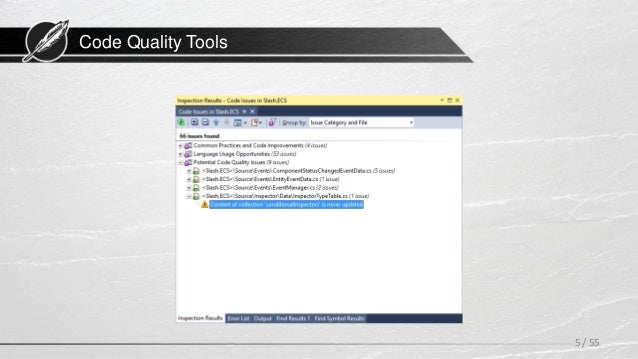Ai Techniques For Game Programming Source Code

Spring 2014 AI for Game Programming Spring 2014 CAP 4053 AI for Game Programming: Syllabus MW 1:30 - 2:45pm in HEC room 117 Instructor: Dr. Kenneth Stanley Email: kstanley@cs.ucf.edu Website: EPlex Research Group: Office: Harris 332 Office Hours (starting 1/10/12): Mondays 3pm-4pm and Tuesdays 3-4pm TA: TBD TA Office: TBD TA Office Hours: TBD TA's email: TBD Texts Programming Game AI by Example by Mat Buckland, Wordware Publishing, Inc. (2004) AI Techniques for Game Programming by Mat Buckland, Course Technology PTR (2002) Software and Source Code Demo code for Programming Game AI by Example is available. The 'Buckland' files contain the code.
Any version of NEAT can be used for the class homework assignmentsts. A number of versions are available here: The latest clean version written by myself is. Adobe Premiere Pro Transition Pack. An earlier version,, is refitted for easy compiling on some platforms by Jared Johnson. Overview The video game industry is a major consumer of artificial intelligence (AI) technology. It is one of the few areas of computer science wherein regular consumers routinely interact with cutting edge techniques. Video game consumers are demanding AI innovation to make games more interesting and fun. The course introduces a broad range of AI techniques for games, contrasting recent cutting-edge approaches with more traditional ones.
Both video games and turn-based games (i.e. Board games) are covered from a variety of perspectives.
Jan 8, 2009 - DSW included with the game of the client code, graphics engine source code tools and resources) is a GSLIB D3D based 2d rendering [zmgV1.1.rar] - err [gamedev.rar] - Introduced in all aspects of game development and methods, more suitable for beginners to learn game programming [Beginning.
Topics range from standard techniques such as scripting and path-finding to recent innovations like reinforcement learning and real-time neuroevolution. Industry needs and priorities are also addressed. The course focuses on practical application and hands-on experience, culminating in a final project. Thus, students will leave equipped to apply the latest approaches to real games. Outcomes 1) Student shall be able to compute angles and geometric relationships with vectors.
2) Students shall be able to program simulated sensors that describe the environment to an autonomous agent. 3) Students shall be able to program, execute, and analyze the performance of common AI algorithms: search techniques including depth-first, breadth-first, Dijkstra's algorithm, A*, minimax and alpha-beta pruning, Hebbian learning, perceptron learning, backpropagation, evolutionary computation, and neuroevolution. 4) Students shall appreciate advanced practical design decisions in agent implementation including deictic vs.
Third-person perspective, opponent-process vs. Separate effectors, agent-centric polar vs. Discretized Cartesian sensors, sensory aliasing, aiming, sensing in a crowd, sensor resolution, and sensor CPU optimizations. 5) Students shall be able to describe and communicate the implementation of a complex system. 6) Students shall complete significant programming projects in collaboration with at least one partner. Grading Policy Three project-based homework assignments (60% of grade) • Foundations: Create a simple experimental platform with agents and sensors (with partner) • Algorithms: Implement pathfinding and evolution in platform (individual) • Final Project: Convert it into a simple game (with partner from first assignment) Two exams testing comprehensive knowledge (40% of grade) • Midterm: Foundations and early algorithms • Final: Comprehensive Late assignments lose 10% the first day late, 40% the second, and are not accepted after that.